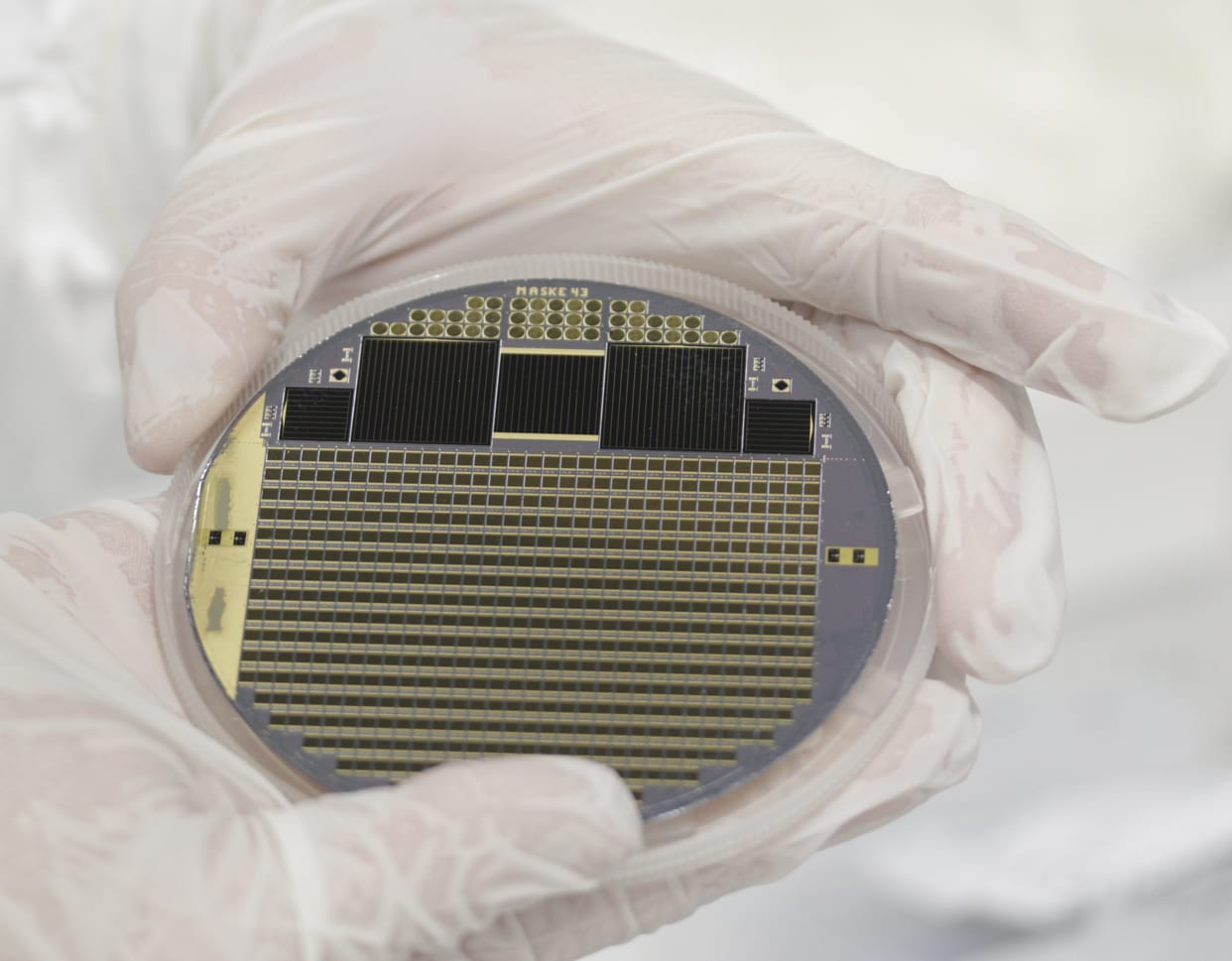A new world record for the conversion of sunlight into electricity has been established in Europe, after a multi-junction solar cell developed through a French-German collaboration achieved 46 per cent efficiency – up from 43.6%.
The record was achieved using a four-junction cell, developed by Soitec and CEA-Leti in France, together with the Fraunhofer Institute for Solar Energy Systems ISE in Germany as one of a new generation of multi-junction solar cells, developed specifically for concentrator PV plants, and expected to have an efficiency potential as high as 50 per cent under concentrated sunlight.
Each of the cell’s four sub-cells converts precisely one quarter of the incoming photons into electricity, thanks to precise tuning of the composition and thicknesses of each layer inside the cell structure.
The new record of 46 per cent efficiency – the cooperation’s second world record in a year – has been confirmed by the Japanese Nationa l Institute of Advanced Industrial Science and Technology, one of the leading centres for independent verification of solar cell performance results under standard-testing conditions.
l Institute of Advanced Industrial Science and Technology, one of the leading centres for independent verification of solar cell performance results under standard-testing conditions.
“We are very proud of this new world record,” said Jocelyne Wasselin, vice president of solar cell product development at French semicomductor company Soitec.
“It confirms we made the right technology choice when we decided to develop this four-junction solar cell and clearly indicates that we can demonstrate 50 per cent efficiency in the near future.
“To produce this new generation of solar cells, we have already installed a line in France. It uses our bonding and layer-transfer technologies and already employs more than 25 engineers and technicians,” added Wasselin.
“I have no doubt that this successful cooperation with our French and German partners will drive further increase of CPV technology efficiency and competitiveness.”
Dr Frank Dimroth, project manager for the cell development at the German Fraunhofer Institute for Solar Energy Systems ISE describes CPV as “the most efficient solar technology today”, suitable for most countries with decent solar resources.










